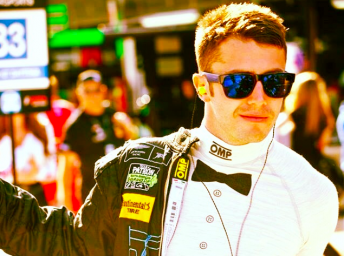

If you wanna succeed as bad as you wanna breath, then you will be successful.
So reads the Twitter profile of James Davison, who after spending the last four years in the US motor racing wilderness, will this month live his dream of racing in the Indianapolis 500.
The 27-year-old cousin of V8 Supercars drivers Will and Alex Davison joins KV Racing in a one-off fourth car.
After a short stint in local Formula Ford, James Davison began his road to Indy a decade ago, quickly progressing through Formula BMW, Formula Atlantic, Star Mazda and eventually Indy Lights.
Finishing second in the 2009 Lights season with Vision Racing, Davison’s efforts to make the final step into IndyCar then stalled due to a lack of funds and the demise of the Vision outfit.
Without a full-time drive in any class for the following four years, Davison pounded the pavement of the IndyCar paddocks across the US searching for an opportunity.
A breakthrough came with two IndyCar starts at Dale Coyne Racing late last year, while a full-time seat in the GTD class of the United Sportscar Series followed for 2014.
Davison spoke to Speedcafe.com’s Stefan Bartholomaeus about his long journey to the ‘Greatest Spectacle in Racing’.
SPEEDCAFE: James, this Indy 500 seat is something that we know you have been working on for a long time. How has it come together?
JAMES DAVISON: I can’t tell you how crazy the last month has been trying to put it all together. Essentially from the ground up I’ve done everything myself. Every ounce of sponsorship, every bit of team negotiating.
It’s incredible what you’ve got to do these days as a driver to make it with the lack of team sponsorship around. Teams can’t just go out and hire the driver that they want. You’ve got to make it happen for yourself.
Basically, having been around the IndyCar Series since 2008, when I did Indy Lights for the first time, I basically know everyone in the entire industry. Every team owner, all the mechanics from every team, all the key players.
To put the deal together I had to talk to a number of teams to find the right home. I had to get together a number of sponsors, and also have IndyCar support my efforts to ensure there would be the 33 cars.
I’ve always had the respect of the teams in IndyCar, but ultimately you have the sponsorship to go racing or you don’t. That’s what’s held me back the last five years.
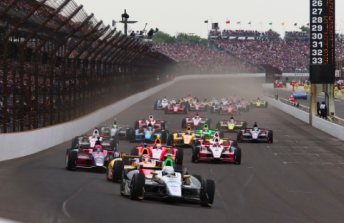
SPEEDCAFE: Now that you’re in the field, there’s a big task ahead. You’re in a fourth car, with no back-up chassis, and you’ve missed the first rookie practice days. How hard is this challenge going to be?
DAVISON: To be honest, I think a large degree of success at Indianapolis is down to the equipment you’re in.
You’re wide open around the oval and what pure straightline speed your car produces depends on the work done to the body fit, the friction reduction in the uprights and so on. Then obviously what engineering you have for the car to stay underneath you, not push to the wall and snap loose, those elements are a large factor in success at Indianapolis.
I have the reigning champion team behind me and the equipment that I have is from Panther Racing last year. It’s the car that JR Hildebrand qualified in the top half of the field with. With those two elements together I feel that I have a very good team and equipment behind me.
In terms of getting up to speed, the rookie program they have is very good at safely getting rookies up to speed. I will be able to capitalise on the set-up work done by my team-mates (Sebastien) Bourdais and (Sabastian) Saavedra.
I won’t be running until Wednesday, because I’m on a half-testing program due to budget. I have limited sets of tyres to use and I’ve only got one engine for the whole program, so we need to keep miles off that.
But I don’t see that I’ll be disadvantaged. I feel that I can be competitive. I had success on ovals in Indy Lights, so we’re just going to take it step by step. It’s not about taking risks, at least not until the last third of the race.
SPEEDCAFE: It’s one thing to have the equipment and set-up help, but how will it work in terms of mechanics and pit crew? There’s obviously a lot of time to be had in the pits during a 500 mile race.
DAVISON: The crew are still being put together. There are a lot of different guys from the United Sportscar Series, as well as some that have been in IndyCar before.
My engineer, Kyle Brannan, has worked on Daytona Prototypes and Jimmy Vasser has brought him on after having previous experience with him.
So I feel like I’ve got a good engineer, which will be important to capitalise on the data will get from my team-mates.
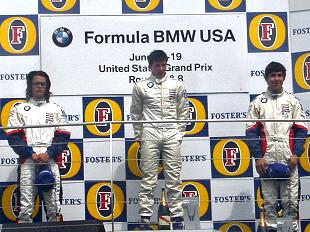
SPEEDCAFE: To take a step back for a minute, you’ve been focussed on this IndyCar dream for a very long time, spending only a short period in Formula Ford in Australia before heading to the USA.
A lot of guys in your position, with the setbacks you’ve had, would have come back to focus on V8 Supercars. What is it about the US open-wheel thing that keeps you going back for more?
DAVISON: It really all started going to the Surfers Paradise IndyCar race in the late 1990s with my father (Jon Davison, former driver and long-time Sandown Raceway promoter).
He was always pro-America over Europe. I grew up going to both the F1 race at Albert Park and IndyCar on the Gold Coast.
I really just fell in love with the Americana flavour and how close you could get to all the cars and drivers. I’ve had a great passion for the Indy 500 and IndyCar racing from a very young age.
It’s certainly influenced by my father. We made the decision to go and chase the IndyCar dream the moment I finished high school.
It’s certainly paid off. I won at every level in the road to Indy, but at the same time everyone is aware of the tough road I’ve been on the last four years, really through no fault of my own.
I was one of a number of drivers left out in the cold by the whole global financial crisis. A lot of opportunities dried up and it was just crucial to have money to move from Indy Lights to IndyCar.
I beat Charlie Kimball and James Hinchcliffe in Indy Lights, but I didn’t have $2 million to $5 million dollars to go to an IndyCar team like they did. That’s simply the difference of where they were and where I was.
Knowing that, I always persevered. I knew it wasn’t to do with my ability. I just needed to get some sponsorship together.
I finally in the last 24 months found an avenue that really paid off for me in raising the crucial backing to advance your career as a young driver.
In terms of Australia, I obviously had a look at the V8 Supercars scene, as I had to as an Aussie. But ultimately, as well all know V8 Supercars changed a lot from the mid-2000s to what it is now.
The days of Russell Ingall, Marcos Ambrose or Will Davison coming back from Formula Ford or Formula 3 overseas, going straight into a main game drive, those days are long gone.
All the V8 teams, and rightly so, have capitalised on the drivers in the Development Series that are specifically groomed to be a V8 Supercar driver.
If you look at Scott McLaughlin, he’s the ultimate example of that. He’s technically a V8 Supercar lab rat that’s just been groomed 100 percent to be a V8 Supercar driver. That really shows.
SPEEDCAFE: Your cousin Will has obviously made a very nice career for himself in V8 Supercars since coming back from England.
He’s said in the past that he’s been amazed to see you pick yourself up and go again after each set-back you’ve faced in the US. Have you always seen that tenacity as a key part of your personality?
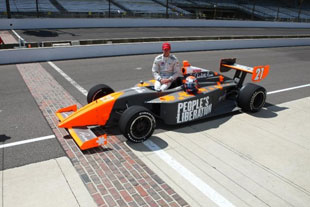
DAVISON: Yes. I certainly get it from my parents. They’re both individuals that have enjoyed success in their lives from that characteristic. This is my life, it’s not just my job.
I was faced with a very unfortunate set of circumstances but I’m a fighter and I was never going to give up on this dream. I was obviously getting worried at some points, going from my mid-20s to late 20s, year-after-year going without the opportunity that I was chasing.
It’s just 100 percent self belief and determination to overcome the adversity that I was faced with. We all know that in motorsport, you can’t control your destiny like you can in basically any other form of sport. It’s just so heavily money related.
These days, probably one percent of drivers get that break where they don’t need to bring sponsorship to create their elite level opportunity. That’s the guys in the Red Bull junior teams and places like that.
The ones that don’t get into those places have a much harder road to the top, but the ones that believe in themselves… The biggest thing is that I proved to myself, above everybody else, that I deserved a position in this industry.
I needed to be realistic with myself, because I am the one dedicating my life to it. I’m getting closer to my 30s and all the people I went to high school with have graduated college, are on good incomes and getting married.
I’m getting close to my 30s with basically nothing, and I really needed to know if I deserved a position in this industry. The answer was yes, I just needed to create that chance to get over the financial barrier. So I’ve just fought and fought and it’s paid off.
I haven’t had any assistance from my family in five years. I’ve had to do everything myself.
I was chatting to Will Power and Ryan Briscoe at the drivers’ welcome party for the 500 and certainly, both guys have a lot of respect for what I’ve had to do to make it. I’ve had such a different road to Indy to those guys.
Obviously Power caught the big break with Craig Gore and Briscoe caught the big break with Toyota. Those guys are true professionals that are great advocates for Australian sport.
My situation was different and I’ve had to do it tougher.
A lot of people probably think, because I’ve got the Davison heritage, that I’ve made it because my dad had money.
That wasn’t the case at all. I had to get support from the Australian Motor Sport Foundation and get incredibly cheap deals in Formula BMW, Star Mazda, Indy Lights and so on, to be able to make it.
I’ve really done it on a wing and a prayer.
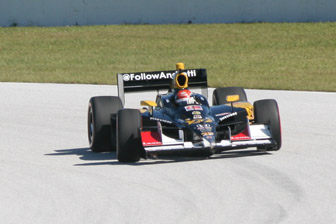
SPEEDCAFE: Do you see it as harder right now for drivers without money to break into IndyCar than it’s been in the entire time you’ve been in the US? How is the category really travelling?
DAVISON: To be honest, Long Beach and the Indy 500 are currently the only highly successful events that are keeping the series above water.
The biggest challenge that the series has is the television package. They’re on a channel that not everyone gets and the ratings are not there.
Essentially the exposure that the sponsors get are 50 percent of the budget required for a team to financially operate.
The series has still got a lot of rebuilding to do, but with the addition of Verizon (as series sponsor from 2014), we can only hope that they’re going to really promote the series themselves and we can start to see some growth.
The product is not an issue at all. The personalities are fantastic, the racing is awesome, it’s got international appeal and the heritage is there with the Indy 500.
But it’s just not being exposed to the general public enough. And again, the biggest challenge with that is the television deal.
The Hulman-George family that own it, I have a very strong relationship with, and they’re not a charity that some people think they are.
They’ve got to start making IndyCar a money making business, and they can’t just spend however many millions it needs to put the series on ABC Sports or ESPN.
SPEEDCAFE: Focussing back at your own situation, you scored a one-off IndyCar drive last year at Mid-Ohio with Dale Coyne Racing, which then led to a second outing at Sonoma. What were the main things you learnt doing those two races?
DAVISON: It was certainly quite nerve-wracking knowing that I had one weekend to make an impression on my IndyCar debut, having been on the sidelines for four years.
But I progressively got up to speed, never left the track, and come qualifying I was midfield, out-qualifying some of the established stars. It was just a matter of a tenth that would have had me from 16th on the grid to the top 10.
The race at Mid-Ohio was green for all 90 laps and to be honest, I really surprised myself that I could make passes on some of the established guys and physically hold up for the whole length of the race.
At Sonoma it was very different because there was a lot of yellows, but I made some strong passes and was on course for a 10th place finish before I got chopped with three laps to go. That was unfortunate, but I had been able to show what I could do.
Out of the two weekends I really gained self confidence that I deserved to be there. That obviously gave the team owners that final bit of confidence that I can drive an IndyCar competitively, as well as handle the pressure, the pitstops, the physical demands and so on.
That really set me up well to be in the Indy 500 this year.
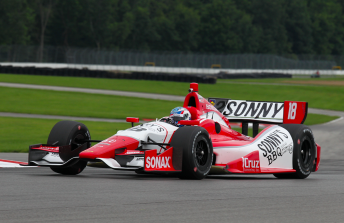
SPEEDCAFE: What is going to be a good result for you in the 500?
DAVISON: I think ultimately to finish the race is going to be the biggest thing. It’s such a long race with so many little things that can catch you out.
The place bites you and if I can get through the month with a straight car I think that’ll be a huge accomplishment. I think results wise, I’d love to finish in the top 10.
We will see what speed the package has. I’m certainly going to be focussing on the race set-up, but we’ll trim it out for qualifying if there looks to be a chance of making the top nine.
But it’s so competitive. If you look at there being five Ganassi cars, five Andretti cars and three Penske cars, there’s 13 already that are going to be very, very strong.
There are a lot of very high quality drivers there as well, but I want to set my goals high. At minimum I want to be in the top half of the field and if I can finish in the top 10, then that’d be great.
I’ll be disciplining myself to really survive in the first two thirds of the race so that we’re in a good position to fight over the run home.
SPEEDCAFE: Do you feel that this race will be a defining one in your career? Is there a sense that, if I impress this can be how I make it, but if I don’t, it could be my only shot?
DAVISON: To be honest, no. There will be a lot to learn and hopefully I can do that fast and secure a good result at the end of it, but team owners in this industry are aware that rookies are rookies and veterans are veterans.
There is a huge amount of experience in that gap (between a rookie and a veteran) that makes up for your performance level at that point in your career.
I’m just looking to be competitive, do the best possible job I can and bring the car home straight. What the result will be will be.



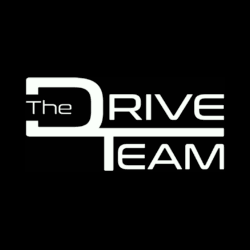

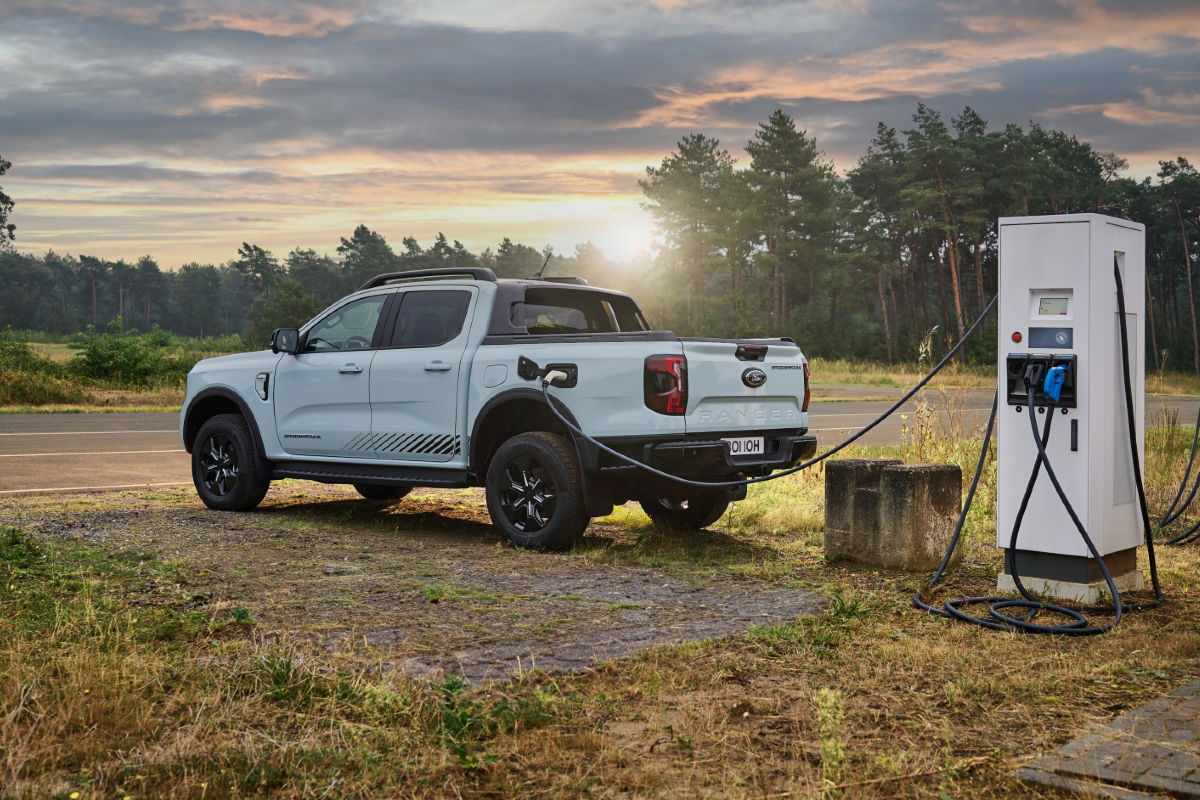
















Discussion about this post